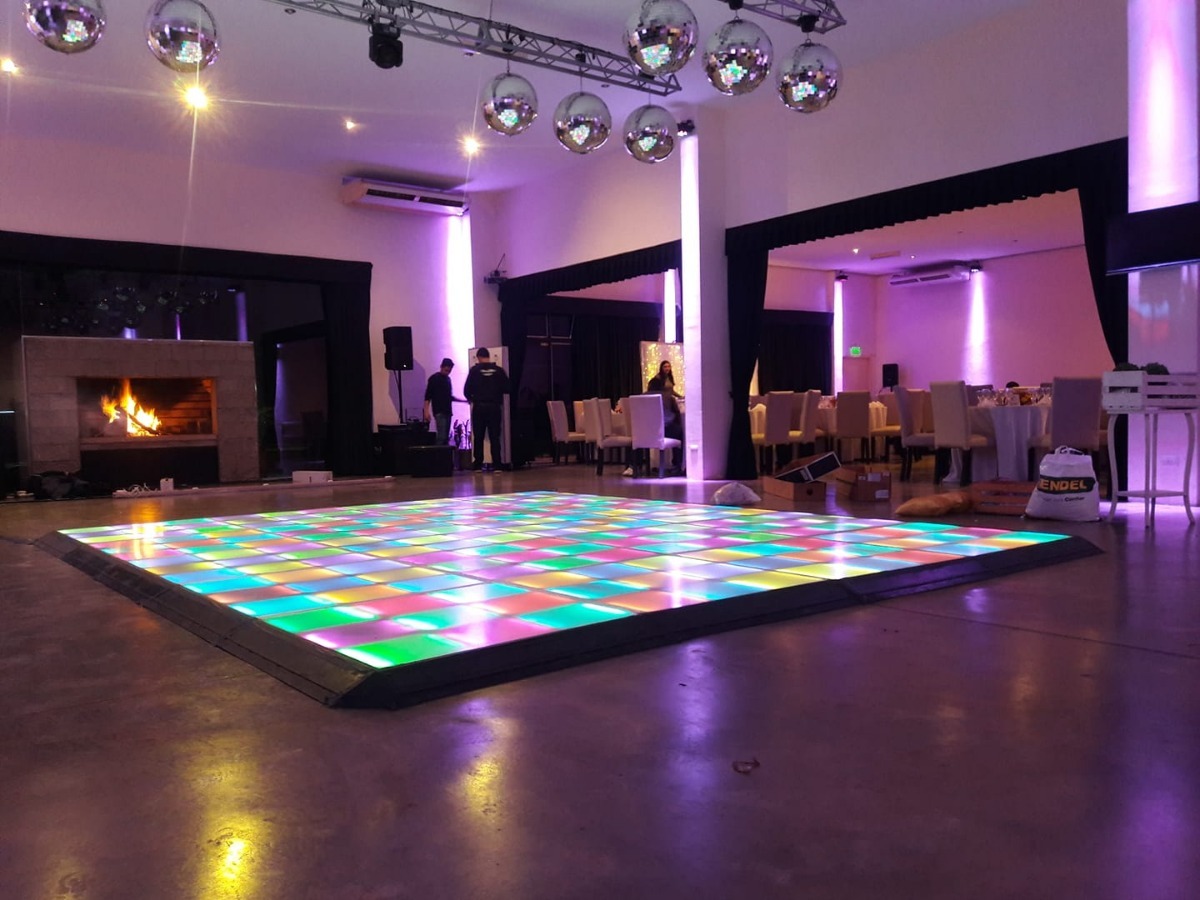
The primary colors are red, blue, and golden. These hues cannot be be made by mixing other hues combined. Intermediate hues, such as emerald, tangerine, and violet, are formed by combining primary colors. Tertiary colors are created by combining a main color with a secondary color. Understanding these basic relationships helps designers select hues that enhance one another and produce a aesthetically appealing display. Combining these colors on an LED dancing surface can result to vibrant and stimulating outcomes that attract the focus of dancers.
Color temperature also plays a key part in design. Hues can be classified as hot or chill. Warm hues, such as red, orange, and yellow, often to elicit emotions of excitement and heat. In opposition, click this over here now chill hues like azure, emerald, and violet often create a serene and tranquil environment. Designers can utilize these hue values to set the mood for various kinds of occasions. For instance, a party environment may benefit from hot hues that energize the audience, while a further calm event might employ chill colors to provide a calming influence.
In addition to color pairings and value, brightness and intensity are vital elements to take into account. Brightness refers to how bright or dim a color Check This Out looks, while saturation measures the vividness of a color. Bright, intense hues can create a vibrant and energetic atmosphere, perfect for dance surfaces. On the contrary hand, softer, less intense colors can create a further muted atmosphere. Through adjusting brightness and saturation, creators can draw attention to particular sections of the dance surface or establish sight pathways, guiding participants through the space.
Ultimately, it is essential to take into account the emotional effects of color in LED dancing floor designs. Various hues can evoke various feelings and reactions. For instance, red is often linked with zeal and energy, while blue can be calming and tranquil. Grasping these associations allows designers to tactically apply colors to influence the behavior of participants. Through incorporating color theory into light-emitting diode dancing surface designs, creators can enhance the total experience, making it unforgettable and pleasurable for all involved.